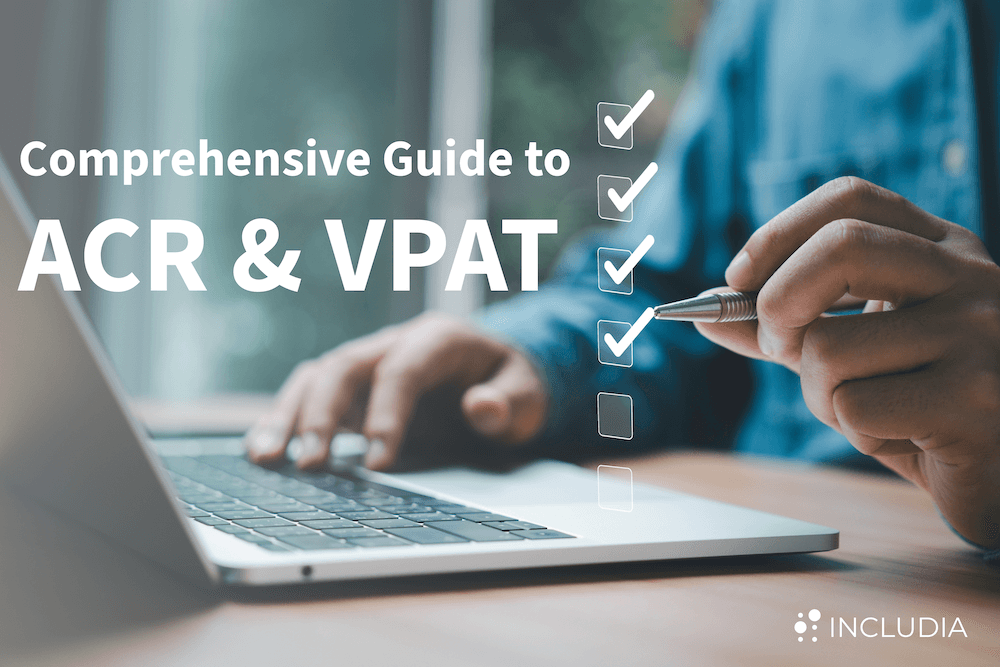Accessibility and the ADA Tax Credit for Small Businesses
Tax season isn't typically a time for celebration, but for small businesses that prioritize digital accessibility, there's a silver lining: the ADA tax credit. This credit can help you recoup some of the costs associated with making your website accessible. If your small business is considering an investment in web accessibility, this tax credit might be the nudge needed to make that investment a reality.
Qualifying for the ADA Tax Credit
To qualify for the ADA tax credit, your business must have gross receipts under one million dollars or fewer than 30 employees. If you meet these criteria, you can use IRS Form 8826 to claim the Disabled Access Credit, as outlined in Title 26, Internal Revenue Code, Section 44.
It's important to understand the difference between a tax credit and a tax deduction. A tax deduction reduces your taxable income, whereas a tax credit is directly deducted from the taxes you owe. For example, if your business spends more than $250 on accessibility improvements, you can claim 50% of the expenses up to $10,250. This means you could receive a tax credit of up to $5,000.
Here’s how to calculate the ADA tax credit:
-
Example 1: If your business spends $5,000 on an accessibility audit or website enhancements, subtract $250 (the non-qualifying amount) from $5,000, leaving $4,750. You can claim 50% of that $4,750, resulting in a $2,375 tax credit.
-
Example 2: If you spend $12,000, you can only claim expenses up to the $10,250 limit. After subtracting the initial $250, you're left with $10,000, so you can claim a $5,000 tax credit.
How ADA Tax Relief Applies to Digital Accessibility
The ADA tax credit is designed to help small businesses cover the costs of making their services and locations accessible, whether it's installing a wheelchair ramp, hiring a sign language interpreter, or printing materials in Braille. But this tax credit also applies to digital accessibility, which is crucial for people with disabilities who use the internet.
Most websites today aren't fully accessible, presenting barriers for users with disabilities. Making your website accessible can be costly, especially if you need to retrofit an existing site. The ADA tax credit can help offset these costs, just as it does for physical accommodations.
Beyond the Tax Incentives: Why Accessibility Matters
While the ADA tax credit provides a financial benefit, the importance of web accessibility extends far beyond tax season. An accessible website can protect your business legally, improve your online presence, and create a more inclusive environment for all users.
With the rise in accessibility-related lawsuits, ensuring your website is ADA-compliant is more important than ever. These lawsuits don't just target large corporations; small businesses are also at risk, and they often lack the resources to handle such legal challenges.
Moreover, an accessible website allows you to reach a broader audience, including the 61 million Americans with disabilities who collectively represent an $8 trillion global market. By prioritizing accessibility, your business not only complies with the law but also opens the door to a larger customer base.
Additional Tax Benefits for Accessibility
In addition to the ADA tax credit, there are other tax incentives available to help businesses cover accessibility-related costs:
-
ADA Tax Deduction: This applies to businesses that have completed ADA-required modifications, allowing them to claim a maximum annual deduction of $15,000. Even if you don't qualify for the ADA tax credit, you might still be eligible for this deduction. Refer to IRS Publication 535 for more details.
-
Combined ADA Tax Incentives: If your accessibility costs exceed $10,250, your business may qualify for both the ADA tax credit and the ADA tax deduction.
-
Architectural Barrier Tax Deduction: This allows businesses to deduct up to $15,000 annually for expenses related to removing physical barriers. You can also combine this deduction with the Disabled Access Credit in the same year if you meet the eligibility criteria.
Partnering with Includia for Accessibility
Unfortunately, many websites today are not accessible, leaving people with disabilities at a disadvantage. Includia’s AI-powered accessibility solutions can help make your website more accessible and compliant, often at a fraction of the cost. For small businesses, these solutions can be particularly valuable, especially when combined with the ADA tax credit.
Visit the IRS Tax Credits and Deductions page for more information on ADA tax credit eligibility and application.
Common FAQs
How Does the ADA Tax Credit Apply to Web Accessibility?
The ADA tax credit can be applied to a wide range of web accessibility improvements, including homepage modifications, page formatting, live chat services, content adjustments, and media accessibility.
What Are the Conditions of the ADA Tax Credit?
You can apply for the ADA tax credit annually, but you can't claim a credit for costs exceeding the previous year's limit. If the credit you qualify for exceeds your tax liability, you can carry the surplus forward to the following year.
Is the ADA Tax Credit a One-Time Deal?
No, you can claim the ADA tax credit every year that your website meets ADA compliance requirements. However, you can't combine this credit with other tax credits on the same tax return.
Disclaimer: This article is for informational purposes only and does not replace professional tax advice. Please consult with an accountant or tax professional for guidance specific to your situation.



